Israel often uses heavy air strikes to clear the way for ground troops to enter the Gaza Strip, but Hamas has adapted and can cause many difficulties for its opponents.
Israeli Defense Minister Yoav Gallant announced on October 28 that the campaign against Hamas forces has entered a "new phase", as the country's infantry maintains operations in the Gaza Strip, instead of withdrawing after a day of conducting an "expanded attack".
The "widening offensive" began with unprecedented air strikes against a series of targets in Gaza, followed by infantry, tanks and armored vehicles entering the area and engaging Hamas gunmen.
The Israeli army raided the Gaza Strip on the night of October 27 and early morning of October 28. Video : IDF
"The ground in Gaza is shaking. We are hitting both ground and underground targets. The units have been given very clear orders: continue to fight until further notice," Gallant said.
Although the Israeli military (IDF) has not announced the start of a large-scale ground offensive, this is the first time Israeli soldiers have been operating in the Gaza Strip for such a long period of time since the conflict broke out on October 7.
According to observers, this Israeli attack was conducted according to the same pattern as previous campaigns, starting with intense airstrikes and artillery fire on landing sites to soften the battlefield and limit casualties for Israeli forces.
The Israeli air force, navy and artillery have struck more than 10,000 targets belonging to Hamas and its allies in the Gaza Strip over the past two weeks. Recent airstrikes have been aimed primarily at eliminating threats to ground troops, including sniper nests and anti-tank missile sites.
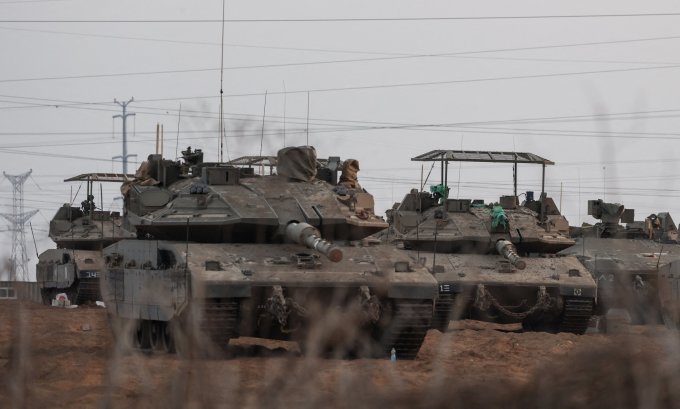
Israeli tanks gather near the Gaza Strip on October 22. Photo: Reuters
However, Hamas has also changed significantly over the years, taking full advantage of the urban terrain in the Gaza Strip to counter Israel's overwhelming military and technological superiority.
The terrain in Gaza significantly limits Israel's offensive options, leaving its military with only certain routes to reach its targets.
The main approaches include the agricultural areas near the Erez border crossing in northern Gaza, around Bureji in southern Gaza City and the Khan Yunis refugee camp in the south, where tanks and armoured vehicles can easily maneuver and gain positions to exert their firepower. Another approach is the Philadelphia road near the Rafah border crossing that connects the Gaza Strip with Egypt.
Israel has deployed forces at high points near the central Gaza Strip to cut off communications between the city of the same name and the southern region.
However, Hamas and its allied armed groups are likely to know the Israeli army's routes of movement well and often deploy their first line of defense there, leading to fierce fighting in previous conflicts.
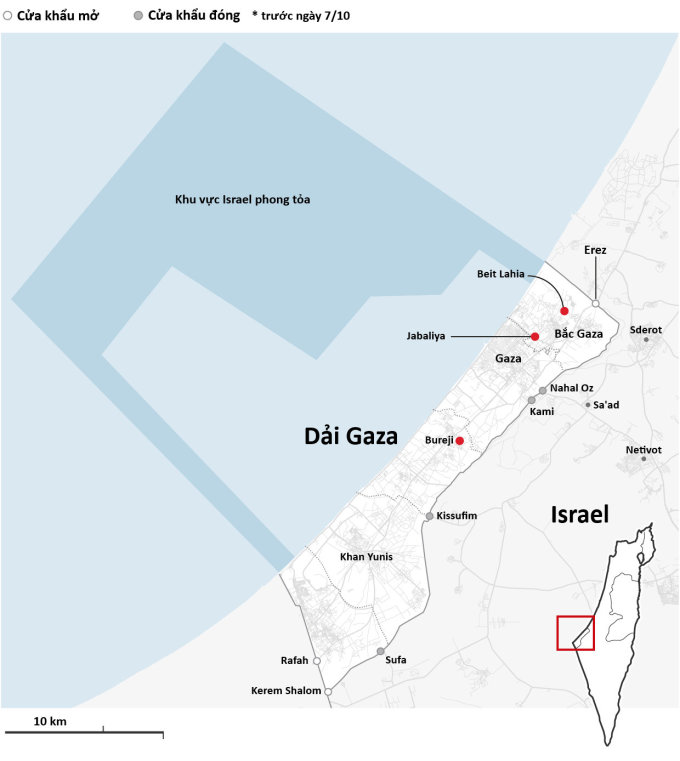
Major towns and border crossings in the Gaza Strip. Graphic: Guardian
After crossing the open countryside, Israeli infantry will face urban threats. High-rise apartment blocks in Jabaliya and Beit Lahia could guard the northern advance, while the north-south route through the Gaza Strip is bordered by industrial zones that could serve as Hamas defensive positions.
The terrain in the central Gaza Strip and east of Khan Yunis is more open, but Hamas forces can still take advantage of villages and high-rise buildings along the roads in this area to ambush Israeli forces.
It is not yet clear whether Israeli troops will enter the Gaza Strip’s urban centers in the “new phase,” but they have experienced fierce fighting as they have pushed deep into the enclave. Hamas and its allies are deploying a series of anti-tank guided missile (ATGM) and mortar sites, combined with minefields to slow the advance of enemy tanks and armor.
The Israeli army lost 13 soldiers in a night battle in the Shujeiya area in 2014, when their unit fell into an ambush that included anti-tank mines and Hamas machine gun fire.
Israel has extensive experience in urban armored warfare, but Hamas also possesses a powerful arsenal of anti-tank missiles, the core of which is the Russian-made Kornet series. This type of missile was used extensively by Hezbollah, causing much damage to Israel's main battle tanks.
Palestinian armed groups also demonstrated their ability to deploy suicide drones and drones carrying armor-piercing explosives, allowing them to disable many modern Merkava Mark 4M tanks on the opening day of the conflict.
Hamas UAV attacks Israeli tank in video released on October 8. Video: Twitter/ME_Observer
The Hamas militant group has many years of experience in dealing with the Israeli army and has become a very effective urban warfare force. Its core is made up of commanders who are knowledgeable about the Israeli army's methods of combat, some of whom even speak Hebrew and have studied the enemy in depth.
The key issue for Israel is dealing with Hamas’s defensive posture, including its extensive network of tunnels that it has been developing for years. Hamas’s tunnel system was once rudimentary, but its engineers have now developed the ability to build fortified and well-camouflaged underground sites that serve as command posts and troop staging points.
Israel has an advantage in surveillance and reconnaissance in the Gaza Strip, with a dense network of watchtowers and surveillance cameras deployed along the border fence. However, the proliferation of cheap UAVs is helping Hamas close the gap, ensuring its ability to monitor Israeli forces from a distance.
Western experts say Israel has the ability and determination to attack and take control of the Gaza Strip. However, Hamas still holds many advantages that can cause heavy losses to the enemy, while Palestinian civilians and hostages held in the Gaza Strip also face many risks due to the conflict.
Vu Anh (According to Guardian )
Source link


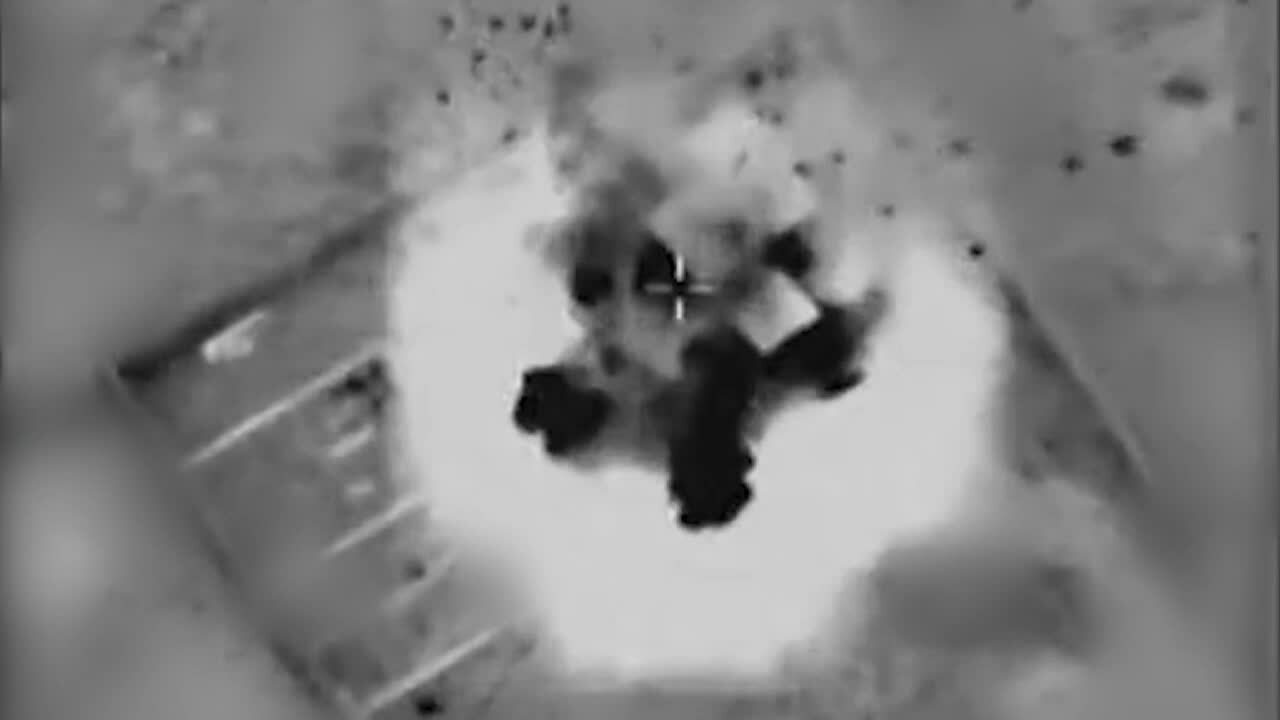
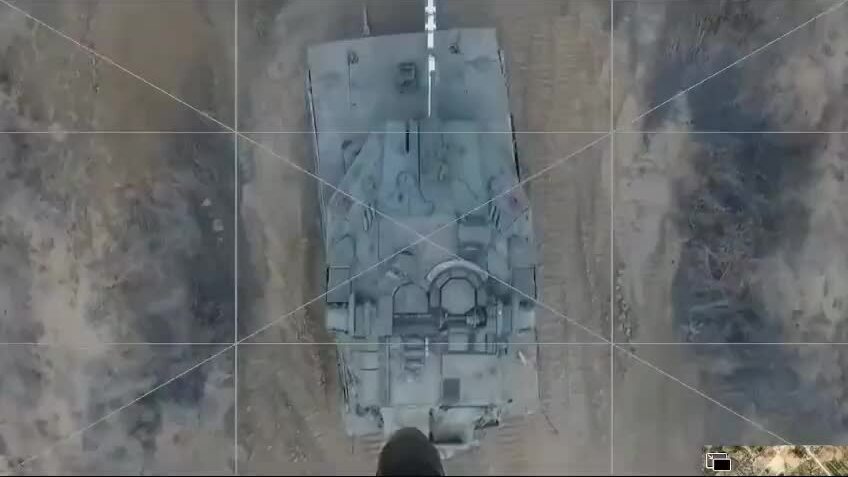
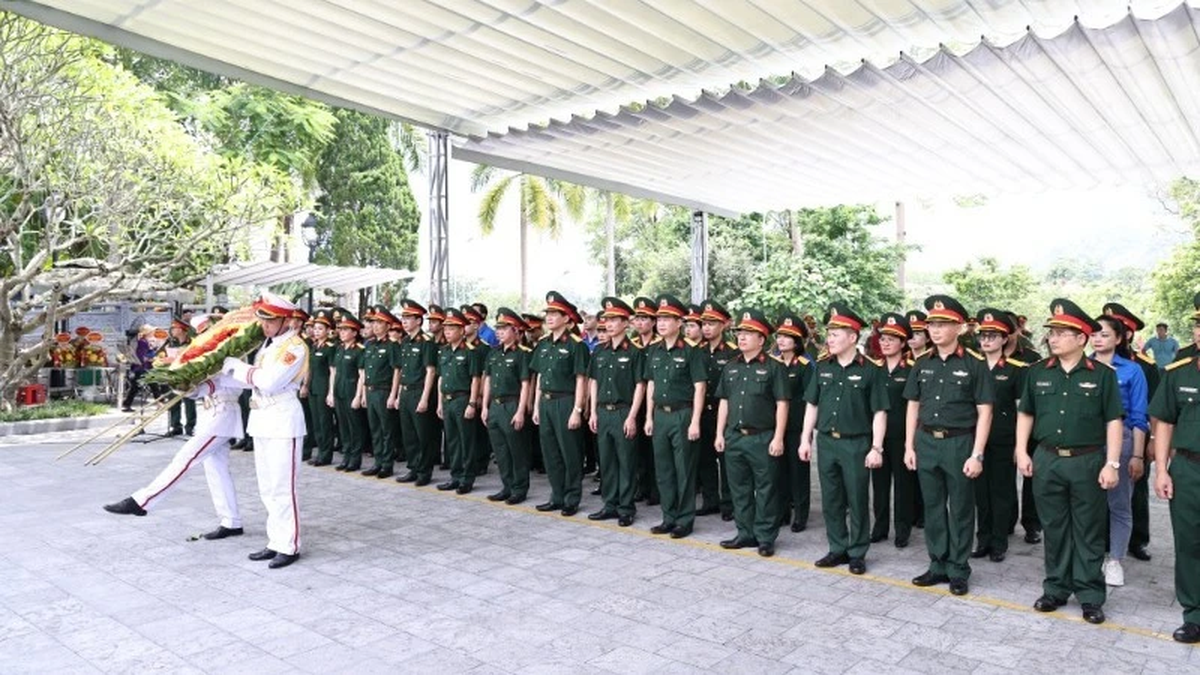
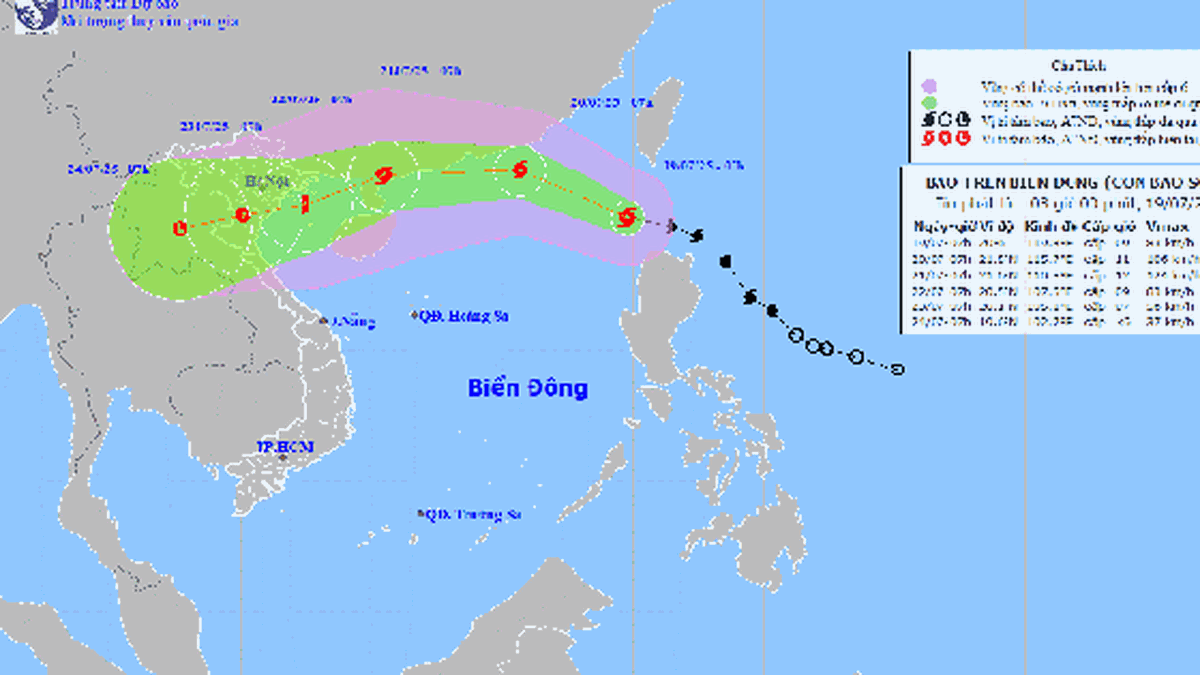




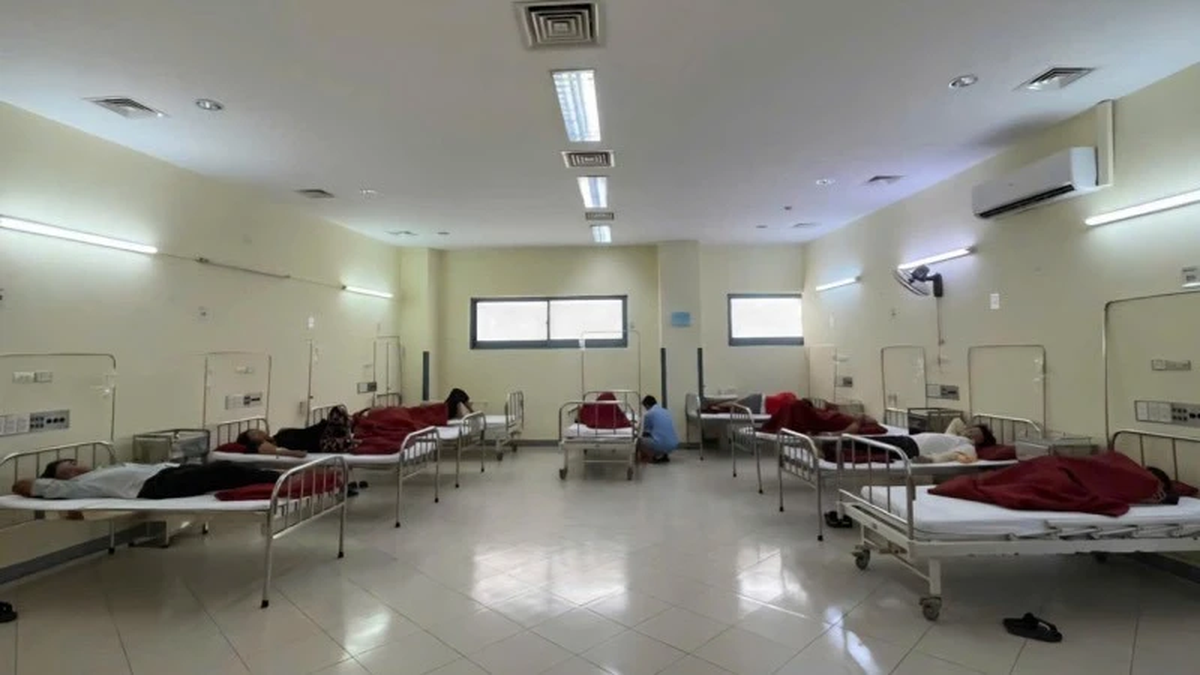




















![[Photo] National Assembly Chairman Tran Thanh Man visits Vietnamese Heroic Mother Ta Thi Tran](https://vphoto.vietnam.vn/thumb/1200x675/vietnam/resource/IMAGE/2025/7/20/765c0bd057dd44ad83ab89fe0255b783)











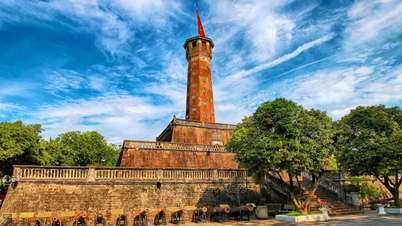




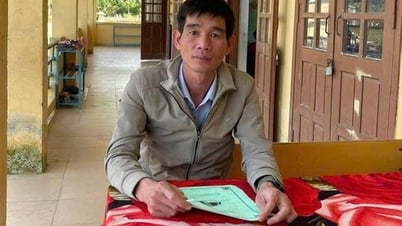




















































Comment (0)